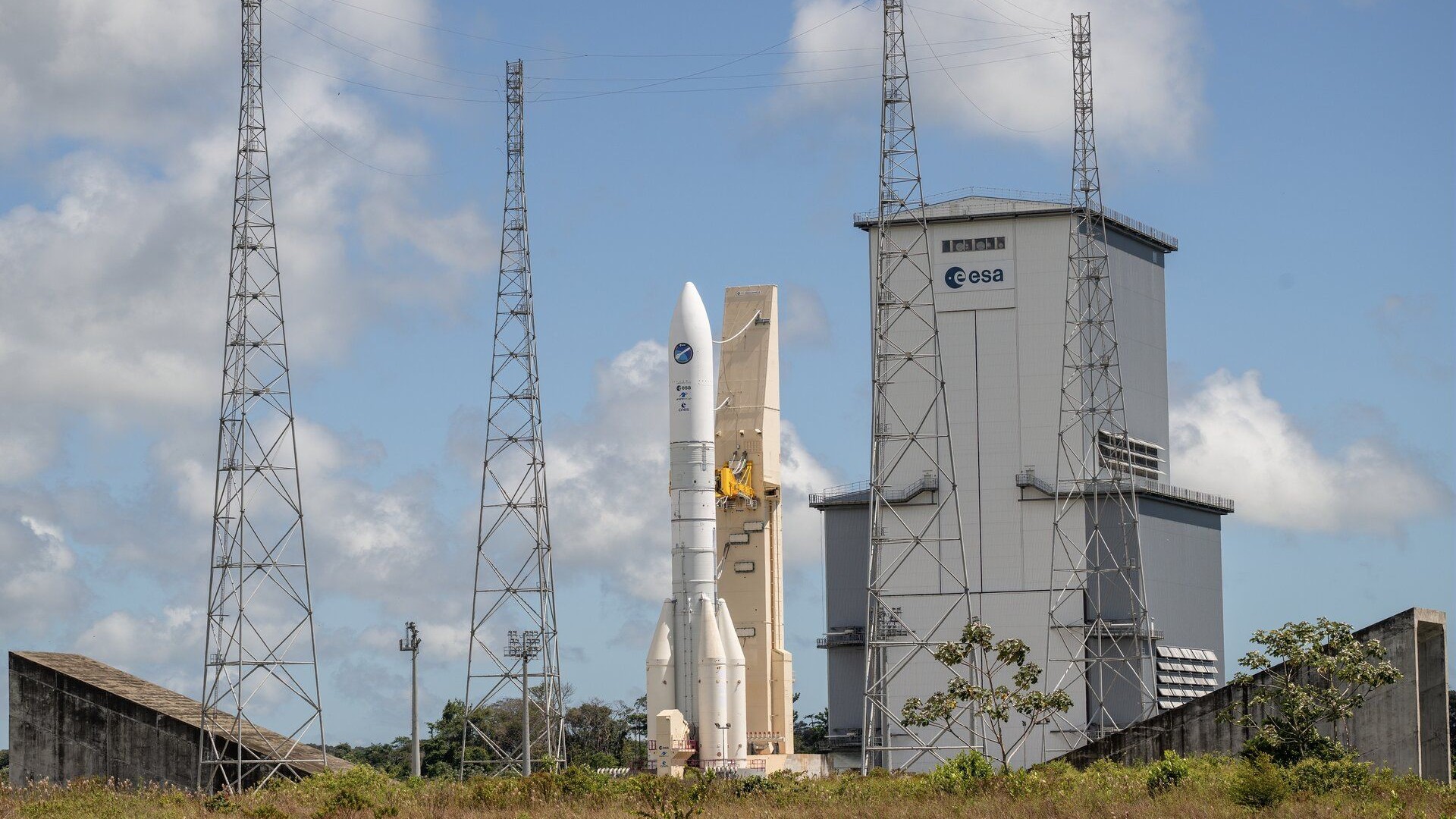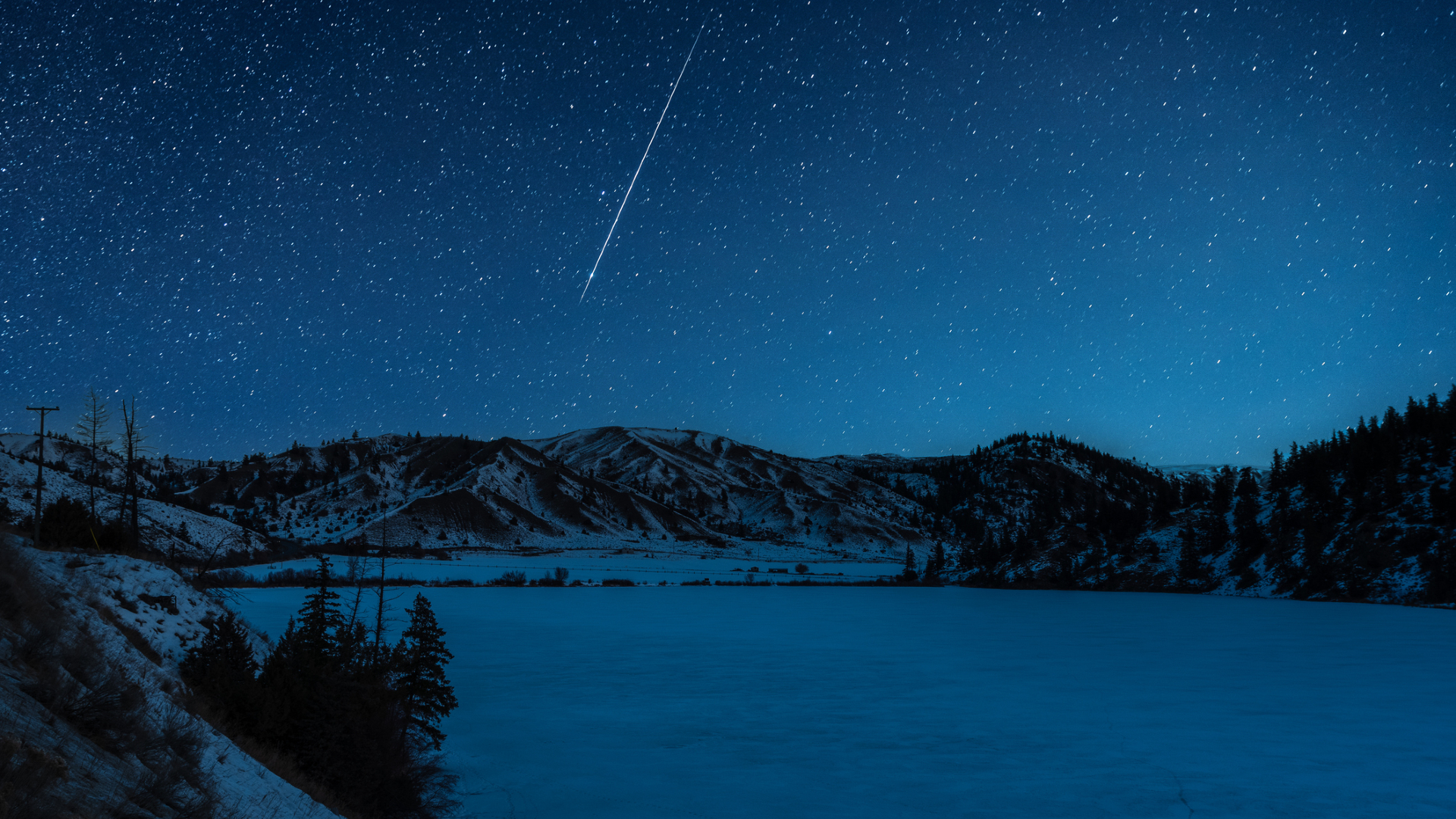Europe's new Ariane 6 rocket will undergo crucial engine test fire in November
The Ariane 6 test article rocket will fire its Vulcain 2.1 engine for a full eight minutes (470 seconds).

Europe has set a new date for a key long-duration static-fire test needed to get the new Ariane 6 rocket ready for launch.
The Ariane 6 test article rocket will fire its Vulcain 2.1 engine for a full eight minutes (470 seconds), representing the entire flight phase of the core stage. The test will occur sometime in November 2023 at Europe's spaceport in Kourou, French Guiana, the European Space Agency (ESA) said in a statement on Oct. 19.
Another test designed to rehearse launch procedures including engine ignition is expected to occur by the end of October.
Ariane 6 is Europe's new-generation, expendable launcher that will take over from the recently retired workhorse Ariane 5 that began flying in 1996 and had over 100 missions under its belt before it was put out to pasture.
Related: 1st launch of Europe's new Ariane 6 rocket slips to 2024
The Ariane 6's liquid oxygen and liquid hydrogen-burning Vulcain 2.1 engine was fired up for the first time on Sept. 5, firing for four seconds in a test that went according to plan.
A combined test of a full, 36-hour launch rehearsal followed by a short ignition of the main stage is scheduled for Oct. 23, SpaceNews reported.
Breaking space news, the latest updates on rocket launches, skywatching events and more!
The long-duration test was earlier scheduled for early October before an issue with the hydraulics of the Thrust Vector Control (TVC) system was discovered.
Ariane 6 was originally planned to begin flights in 2020 but has been hit by a series of delays. The first flight will now be in 2024. ESA aims to announce a date for the debut flight after the November test.

Andrew is a freelance space journalist with a focus on reporting on China's rapidly growing space sector. He began writing for Space.com in 2019 and writes for SpaceNews, IEEE Spectrum, National Geographic, Sky & Telescope, New Scientist and others. Andrew first caught the space bug when, as a youngster, he saw Voyager images of other worlds in our solar system for the first time. Away from space, Andrew enjoys trail running in the forests of Finland. You can follow him on Twitter @AJ_FI.
